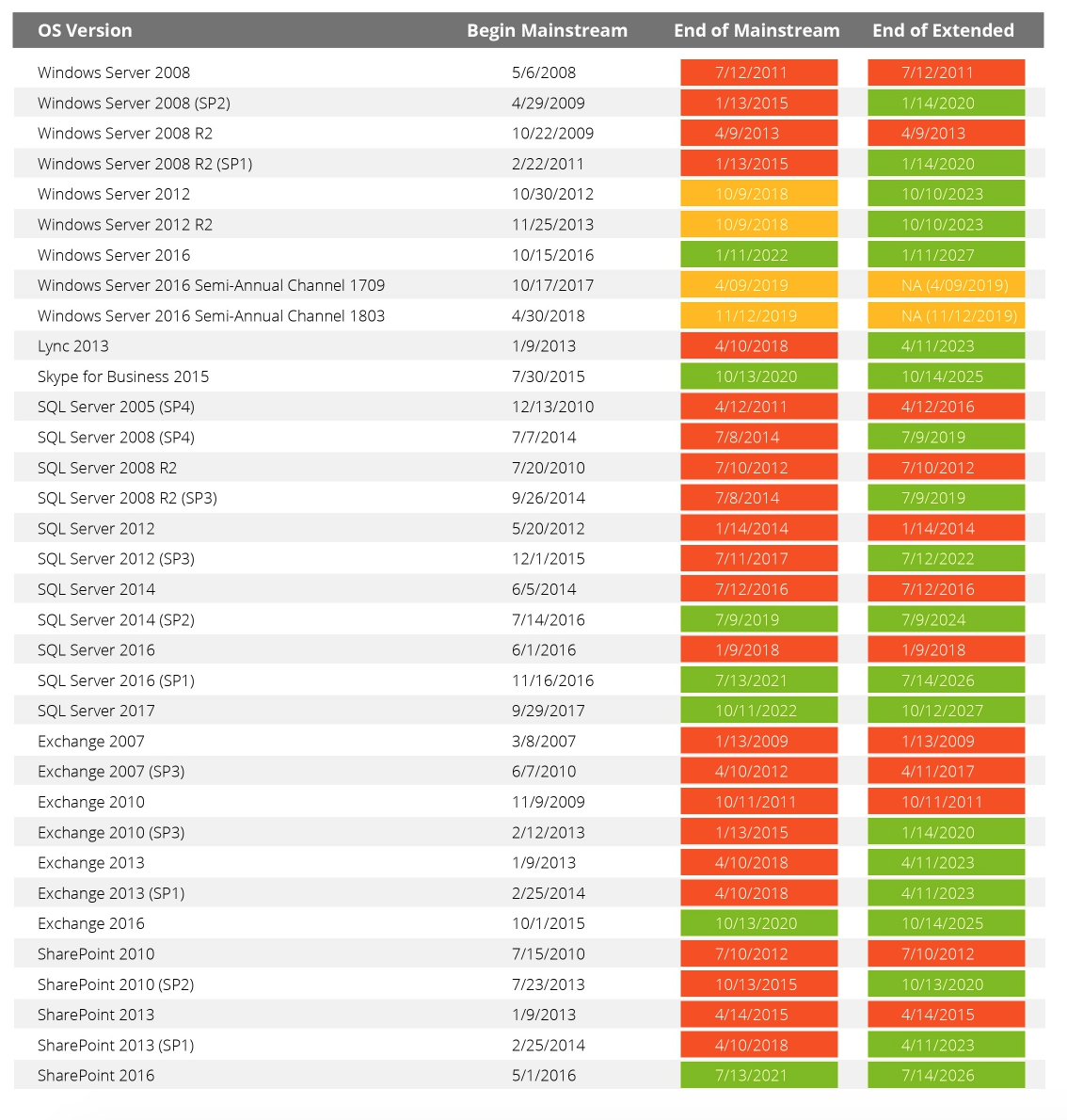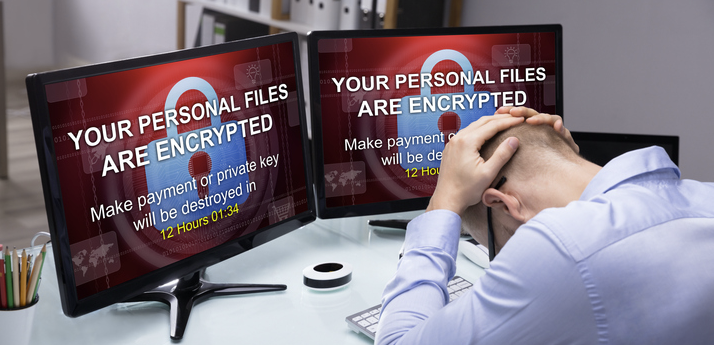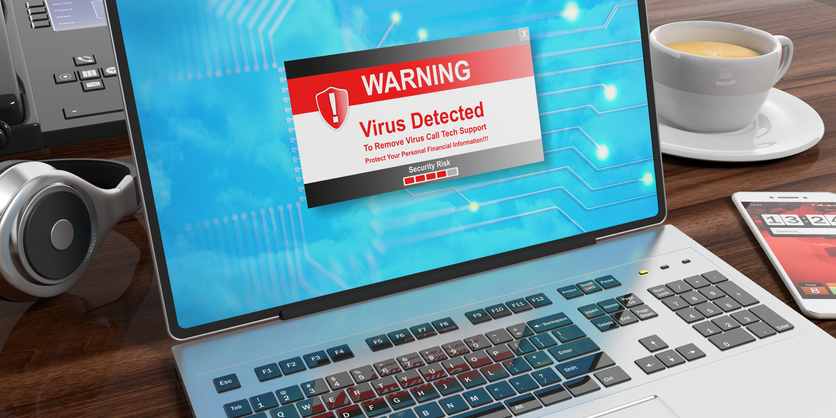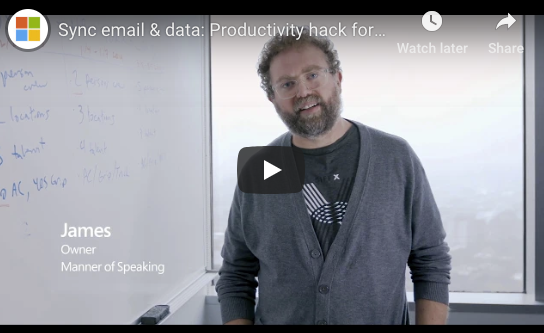In an ideal world, you’d never have any technical issues, and you’d never have to call Microsoft technical support. Everything should work perfectly, without bugs, slowdowns, crashes, or corruptions. Of course, technical issues are inevitable, and when you experience difficulties, you call technical support to get the problem resolved as quickly as possible. The only thing worse than experiencing the frustration of Microsoft technical issues is when you call and go through the whole rigamarole of what is wrong only to hear, “Your product is not supported.”

What does it mean if a Microsoft Windows product is not supported?
In the most general terms, “not supported” means that Windows is no longer eligible for the downloadable bug fixes, security patches, and other updates from the Windows Update service. It means that the product has exceeded the standard lifecycle support services. Each Microsoft product and service pack will fall into different support schedules, but you can also track the overall support lifecycle as well, so that you can plan for the inevitable end of a product for personal and professional use.
If Windows is not supported, is it still functional? Can you use it?
When Microsoft no longer supports a version of Windows, and your install is no longer protected from known security risks, compatibility issues, and other bugs, you can still use the operating system. In most cases, you will still be able to start and run your version of Windows Vista, XP, 7, 8.1, etc.; but you will experience increasing instances of software incompatibility and likely security risks. You may also experience error messages or other support issues related to your hardware and software. The compatibility issues can be frustrating, but you will likely still be able to use the product. For those individuals and companies who love the “old” product, and don’t want to change, they don’t really have to, at least not yet.
Why would you use Windows when it is no longer supported?
There are a number of reasons why you might need to use a version of Windows that is no longer supported. For example, your hardware may not support a new version of Windows, or your software may not be compatible. Another reason to stay with a deprecated version is because you just prefer it, because you don’t want to upgrade, or even due to security restrictions from your company. Some companies still use Windows 7 for security reasons, or because there are rumors (often well-founded) of issues with the new release. There’s always a trade-off when you decide to use a deprecated or unsupported product. You probably won’t be able to install or access new programs, websites, or other more current functionality; but you also may not need all those bells and whistles. If you prefer the old system, and you don’t want to change, then nobody can force you to upgrade. You have options to keep your system and programs in the exact same, stable state you’ve always enjoyed.
What is the timeline for service packs and the Microsoft lifecycle?
When a new Windows (OS) service pack is released, the previous service pack is on a 2-year cease-of-support updates countdown. While that timeline would seem to give you a general sense of how long you have before your product is no longer supported, there are caveats. Microsoft sometimes extends the length of time for support services, or just allows the support timeframe to inexplicably continue. It can be welcome news for the general Windows user, but it’s not something that is promised or assured. So, the consensus is that you should take support when and if you can, but expect that it could end.
How do you make sure Microsoft will be supported?
With the Modern Lifecycle Policy, you can pay for Software Assurance (SA), a subscription that offers additional licensing and professional services. For professionals and business owners, SA offers peace of mind that they will receive support services even when the standard product is no longer supported. Some companies also rely on the additional licensing rights and professional services, including:
- Dedicated support services
- Training or online certifications
- Access to Microsoft partners
For companies who need help with additional training or services, the SA solution can more than pay for itself. The alternative (or additional) scenario is to hire or use existing IT infrastructure to support your Microsoft support or training needs. Even with your paid support services (for SA), Microsoft can still end all support for a product with a 12-month notification of support cessation.












